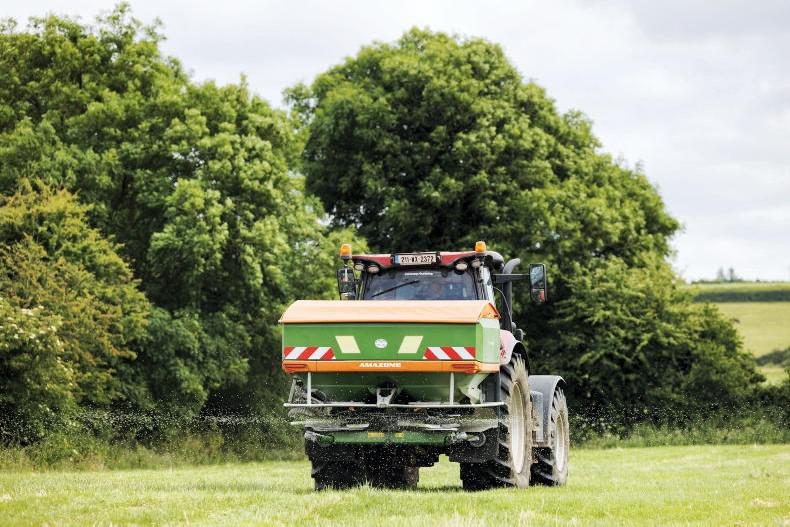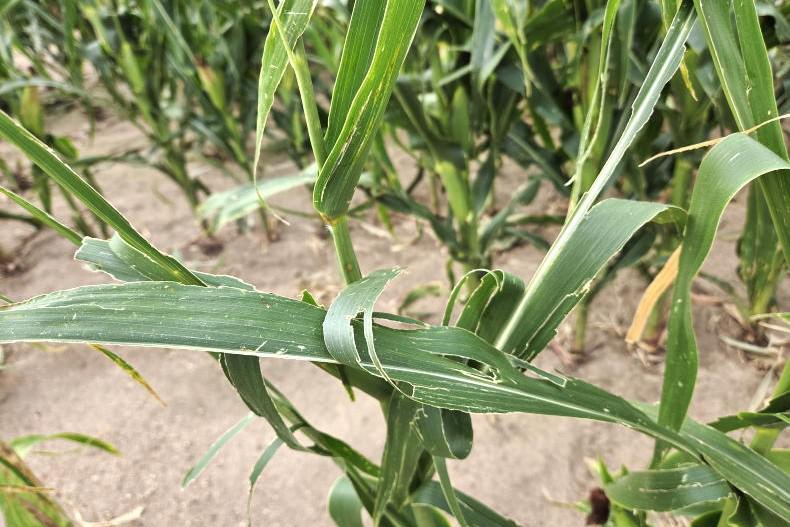Farmers will soon be bench-marked on nitrogen and phosphorus surplus per hectare, according to public consultation documents on the next Nitrates Action Programme (NAP).
The Department of Agriculture has said that calculating nutrient surplus will enable “possible industry incentives to reduce nutrient surpluses; and policy development regarding nutrient use and management at catchment scale.”
It is understood that nutrient use efficiency (NUE) and nutrient surplus calculations are now going to be part of the Bord Bia Sustainable Dairy Assurance Scheme.
NUE calculates all of the nutrient leaving the farm in the form of milk or livestock and crops or hay/silage as a percentage of all nutrient coming into the farm for both nitrogen and phosphorus. Teagasc has said the average NUE for nitrogen on dairy farms in 2023 was 27.8%. Nutrient surplus per hectare is the amount of nutrient not utilised in milk, livestock or crops sold off the farm. The average nitrogen surplus for dairy farms in 2023 was 147.2kg N/ha. A feed register is to be developed to enable the efficient calculation of nutrient surpluses.
On the face of it, this is progressive policy designed to reward farmers that are good farmers, ie those who are efficient with nutrient use. The question is, what is the reward going to be and what will be the penalty for those that are less efficient?
Dairy farmers that have the lowest nutrient surpluses tend to be excellent grassland managers, are prudent with inputs of meal and fertiliser and grow a lot of grass and sell a lot of milk solids. They are doing this by growing and managing high levels of clover and make great use of slurry.
They also have the benefit of farming dry land, allowing for long grazing seasons, lower levels of meal feeding and easier incorporation of clover.
If this measure is introduced, it needs to be done on a catchment by catchment basis to avoid penalising farmers who are handicapped because they are on heavy soils.










SHARING OPTIONS